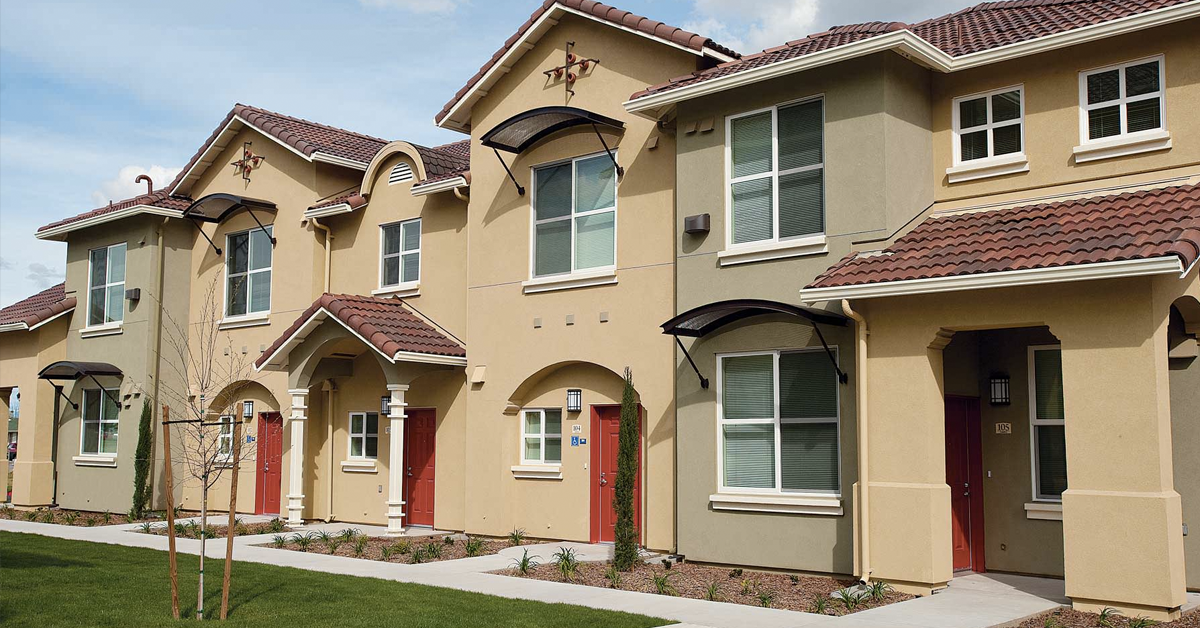The Fresno City Council if it wanted on Thursday could very easily conduct a dress rehearsal for the most anticipated show of the spring.
Most likely, though, the council will look the other way, saving the excitement for June’s budget hearings.
We’re talking the ongoing reconstruction of the Police Department.
The specific issue on Thursday is an item on the council’s consent calendar, that long list of routine matters usually dispatched with no discussion and a single voice vote.
The council is being asked to approve a contract with Fresno Unified School District that will assign police officers to duty in the district’s 15 middle schools and their surrounding neighborhoods.
Police officers have been serving at Fresno Unified high schools since the early 1990s. But this will be the first time in our community’s history that sworn police officers are common fixtures at each of the district’s middle schools.
The key to understanding this new program lies in the name. The middle-school cops are called Student Neighborhood Resource Officers.
“Our officers are going to be very pro-active as problem solvers,” says Chief Jerry Dyer.
That means officers will be keeping an eye on things and building trust among young teens while on campus – the “student” part.
That means officers will be keeping an eye on things and building trust among nearby residents while on patrol – the “neighborhood” part.
And that means officers by their constant presence in a specific geographic area will be reaffirming their capacity for community service – the “resource” part.
The Student Neighborhood Resource Officers “will weed out the negative and feed the positive,” Dyer says.
There are a lot of moving pieces to this story. Let’s begin with the basics.
Deputy Chief Robert Nevarez in a staff report to the council wrote that many families living near Fresno’s middle schools are renters. Many are poor. The poor, in turn, are prey to all types of misfortune.
The risks facing many middle-schoolers in these neighborhoods include “lack of education, uninvolved parents, missing economic opportunities and an overall void in resources, which create a fertile field for gang membership and drug involvement,” Nevarez wrote.
This blunt reality creates serious policy challenges for City Hall and Fresno Unified. Dyer and Superintendent Michael Hanson got together one day to talk solutions.
Dyer applied for a couple of grants to pay for police officers who would divide their hours between campus and neighborhood. One of the grants came through — $1.88 million from the federal Community Oriented Policing Services Hiring Program.
City Hall, Fresno Unified and the feds soon had a deal. The Student Neighborhood Resource Officer program starts off as a four-year gig. The federal money helps pay officer salaries for the first three years. City Hall money and district money fill the gaps.
The feds’ money is gone after three years. City Hall and Fresno Unified cover the full tab in Year Four. The feds insisted on that provision as part of the grant – a test to see if the city and the district were truly committed to community oriented policing.
The officers will have cars. City Hall and the district foot that bill themselves.
All told, according to Nevarez’s report, City Hall will be on the hook for $2.67 million (which includes the grant) over the four-year period. Fresno Unified will pay $2.56 million over four years.
The program will unfold in phases, Nevarez wrote. The first five officers will head this month to Tehipite, Sequoia, Gaston, Tioga and Yosemite middle schools.
City Hall and the District already have officers at Fort Miller Middle School and Manchester Gate under a previous contract. The Manchester Gate spot will be converted to a sergeant position. That sergeant will supervise the entire Student Neighborhood Resource Officer program.
Bottom line: By this Memorial Day, seven Fresno Unified middle school campuses should have their very own police officer.
Phase Two commences in July when Scandinavia, Terronez, Awhanee, Edison Computech and Cooper middle schools get their officers.
Phase Three comes in September. Tenaya, Wawona, Baird and Kings Canyon middle schools each get an officer. So will Hamilton Elementary School. Hamilton’s officer will be a sergeant who will serve as the program’s “floater” – filling in at other schools should there be an absence.
How much time will officers spend on campus and how much time working in the neighborhoods? It all depends on circumstances, Dyer said. The city has final say on how an officer is deployed.
But how does the Student Neighborhood Resource Officer program fit into all the other changes unfolding as we speak at the Police Department? To answer that question is pull the loose string that unravels the sweater.
That’s why I don’t think a council member on Thursday will pull the Fresno Unified contract for public discussion.
Mayor Ashley Swearengin most likely will unveil her proposed Fiscal Year 2016-17 budget in the next two or three weeks. Budget hearings usually begin in early June. The Police Department budget generally is the marquee topic of both the Mayor’s budget and the hearings.
On top of that, this is an election year. There’s a hotly contested race to succeed the termed-out Swearengin. The race to succeed the termed-out Lee Brand in Council District 6 is nearly as hot. The top-tier candidates in both races have made public safety their top priority.
The primary election is June 7.
Add it all up and there’s no reason for City Hall, acutely conscious in this social media age of message manipulation, to blow a prime time show on a consent calendar item in the early morning.
Those of us in the audience on Thursday will just have to use our imagination.
For example, the first five Student Neighborhood Resource Officers will head to their assigned schools in the waning weeks of Fiscal Year 2015-2016. The Police Department in the current budget was slated to have 760 sworn officers by the end of the fiscal year on June 30. The addition of the five cops means the roster of sworn officers at the end of the fiscal year will actually pass the 760 mark, Dyer says.
That, in turn, must mean that the department is getting better at filling empty positions. After all, it wasn’t too many months ago that the hot story out of City Hall was that hardly anyone – be they rookies or veterans from other police departments — wanted to be a cop in Fresno.
Dyer told me that this reversal of fortune is precisely the case. He says police academies at Fresno City College and College of the Sequoias in Visalia are full of young men and women slated to eventually join the Fresno force. Things aren’t quite as promising among so-called lateral hires, but Dyer says he recently signed two conditional offers to officers currently at other departments.
That, in turn, means that 10 new Student Neighborhood Resource Officers will come on board later this summer during the next fiscal year. OK – how many police officers does the new budget promise by June 30, 2017?
Dyer says that figure is still being chewed on within the Swearengin Administration.
“I’m hoping to hit the magic (mark) – over 800,” Dyer says. “That’s my hope. I think that’s everyone’s hope – if we can afford it.”
And then there’s the actual use of all these officers. Yes, getting them and paying them are challenges. But so is assigning them in the most effective manner. This idea is at the heart of the Student Neighborhood Resource Officer program. There are many law enforcement needs in a city of a 520,000 people. Dyer and the Administration decided this new middle school program takes precedence over other possibilities.
I suggested to Dyer that geography is one reason for the Student Neighborhood Resource Officer program’s priority status.
My thinking: Dyer recently announced the restoration of the a fifth policing district – the Central Policing District. This district’s station house will be in Manchester Center. That means there will be five station houses throughout Fresno. Dyer also promised to add a small police office in the Tower District. Dyer also is making use of the department’s Mobile Command Center as a way to deploy a high-profile police presence where needed for a day or a week.
And now Fresno by the end of summer will have police officers at every high school and middle school in Fresno Unified. This isn’t the same as having 20-plus district station houses throughout the city, but it’s definitely a big step toward strategically expanding the Police Department’s permanent physical presence.
And I haven’t even touched on City Hall-Fresno Unified talks concerning an expansion of the RISE program (Resilience In Student Education). This involves police chaplains and elementary schools. We’ll save that issue for another day.
I give you Dyer’s response to my suggestion:
“We have to have a positive physical presence in every neighborhood,” Dyer said. “Part of that is getting the officer out of the car and into the neighborhood and into the schools. And we’re doing it in a positive manner. Our goal is to have it where kids don’t fear police officers, but look up to them and see them as a role model and a coach and a mentor.
“Unfortunately, over the years we’ve not had the ability to do that because we’ve been so responsive to 911 calls and so focused on eradicating crimes in neighborhoods, which requires a lot of enforcement. So, many of the kids today see our officers just as that – coming into the home to deal with mom and dad, arresting one of them, maybe coming into the neighborhood and forcing an entry into a home to serve a search warrant. The kids aren’t seeing that officer in a positive light.
“We want to eliminate fear in the neighborhoods, not only the fear of crime and gangs that these kids have but also the fear of police.”








